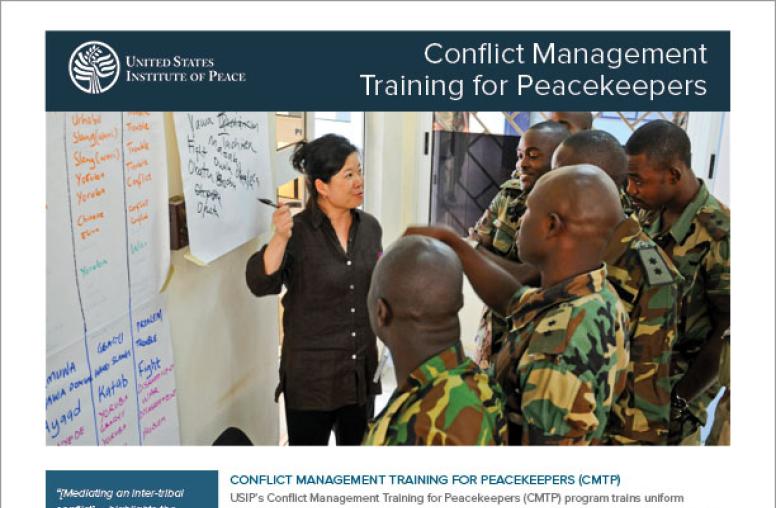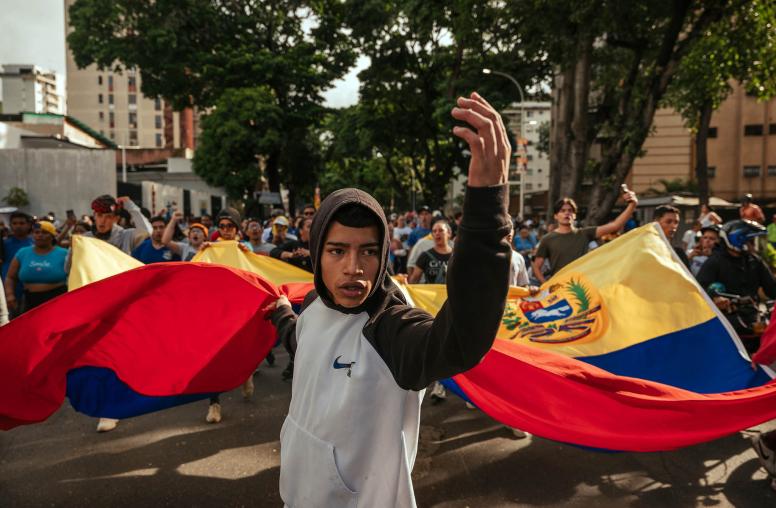Peace Mediation 1: Fundamentals
The Fundamentals of Peace Mediation course is designed as a basic introduction to this essential field. This course provides an overview of the role of mediation as a method of responding to and resolving violent or likely to become violent conflicts. Upon completion of this introductory course, learners will have acquired fundamental knowledge and skills, laying a solid foundation for further exploration and engagement in the field of peace mediation.

Learning Objectives
Throughout this course, learners will embark on a journey with four primary objectives:
- Distinguishing Mediation in Conflict Management: Gain the ability to discern and articulate the distinctions between mediation and other methods of international conflict management.
- Basic Conflict Analysis Skills: Develop foundational skills for conducting a basic conflict analysis within the context of peace mediation.
- Understanding the Mediator's Role: Explore the critical role of a mediator in addressing international violent conflicts, including their responsibilities and ethical considerations.
- Navigating the Mediation Process: Grasp the essential phases of a mediation process, from initiation to the conclusion of an actual mediation session.
Agenda
Chapter 1: Conflict Resolution Approaches
The first chapter of this course introduces peace mediation by situating it within a spectrum of common international third-party approaches. It continues by defining the peace mediation approach and differentiating mediation from dialogue and facilitation.
Chapter 2: Peace Mediation
This chapter takes a deep dive into peace mediation by defining it, providing an overview of its characteristics, and distinguishing it from other forms of mediation. It provides a rationale behind mediation and the common thread found in the different types of mediation.
Chapter 3: Understanding Conflicts
This chapter situates mediation within the context of conflict analysis and the importance of incorporating a gender lens to this analysis.
Chapter 4: The Role of Mediators
This chapter focuses on the function of the mediator by defining who they are, highlighting the various roles a mediator can play, the mandate of the mediator, and mediator selection.
Chapter 5: The Mediation Process
This chapter provides an overview of the peace mediation process by identifying what occurs within a mediation session. It also explores the role that dialogue and outcome-oriented dialogue can have in supporting the mediation process.
Chapter 6: Conclusion
This chapter invites you to reflect on what you've learned throughout the course and share your feedback with us. You will also take a final exam to earn your certificate.


